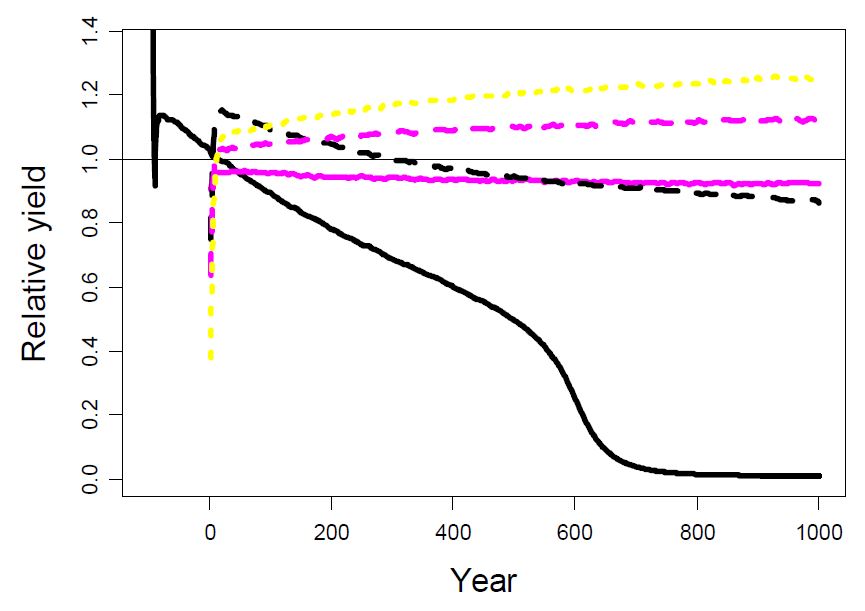Protecting fisheries from evolutionary change
Evolutionary changes could lead to reduced fishery yields. In 2016 researchers from the IIASA Evolution and Ecology Program showed how alternative management practices could mitigate the problem in a key North Sea fishery.
North Sea plaice is the most commonly fished flatfish in Europe, with landings of around 120,000 metric tons per year. But if current trends continue, evolutionary changes will lead to a decreased catch of this important food source.
Previous research has shown that fishing can cause evolutionary changes in fish populations, with impacts such as earlier maturation or smaller size. This is because removing the largest fish from a population also removes them from the gene pool. Over a few generations, this can lead to smaller fish that mature at an earlier age, which translates into a smaller catch for fishers.
These impacts have already been observed in the plaice fishery. In addition to reducing the amount of fish available for catch, researchers surmise that such changes will be difficult or slow to revert and can make fish populations more vulnerable to collapse.
Fishing North Sea plaice causes it to evolve, changing how the fishery’s yield develops.
Black continuous line: The current fishing practice causes long-term yield erosion.
Black dashed line: Reducing the fishing pressure on all fish to one half still causes long-term yield erosion, albeit at a slower pace.
Magenta continuous line: Reducing the fishing pressure on large fish to one half stops the yield erosion.
Magenta dashed line: Reducing the fishing pressure on medium-sized fish to one half and on large fish to one quarter causes a long-term increase in yield.
Yellow dotted line: The best yield increase is achieved by protecting small fish combined with reducing the fishing pressure on medium-sized fish to one quarter and on large fish to one eighth.
This study is the first to combine the quantification of evolutionary impacts for a specific stock with tailored projections for different management scenarios. To conduct the study, the team applied models using the Evolutionary Impact Assessment framework, developed by IIASA researchers and their colleagues to provide fisheries managers with a set of tools to understand the potential impacts of evolutionary change on fisheries.
Underscoring cautionary findings reported in earlier IIASA studies, for example on Northeast Arctic cod fished north of Norway and on northern cod caught east of Canada, the new research draws attention to the accumulating ‘Darwinian debt’ current fishing practices are incurring. In other words, each year these practices go on is likely to require many more years of different fishing practices before the exploited stocks recover from the evolutionary changes.
Management practices that target fish differently from current practices could help mitigate the problem and maintain a higher sustainable catch, the study shows. By shifting fishing pressures from the largest fish to intermediately sized fish, fisheries managers could ensure that the population stays stable from an evolutionary perspective.
References
[1] Mollet F, Poos JJ, Dieckmann U & Rijnsdorp AD (2016). Evolutionary impact assessment of the North Sea plaice fishery. Canadian Journal of Fisheries and Aquatic Sciences 73: 1126–1137.
Collaborators
- Fabian Mollet, Blueyou, Switzerland
- Wageningen Institute for Marine Resources and Ecosystem Studies, Netherlands
- Aquaculture and Fisheries Group, Wageningen University, Netherlands

